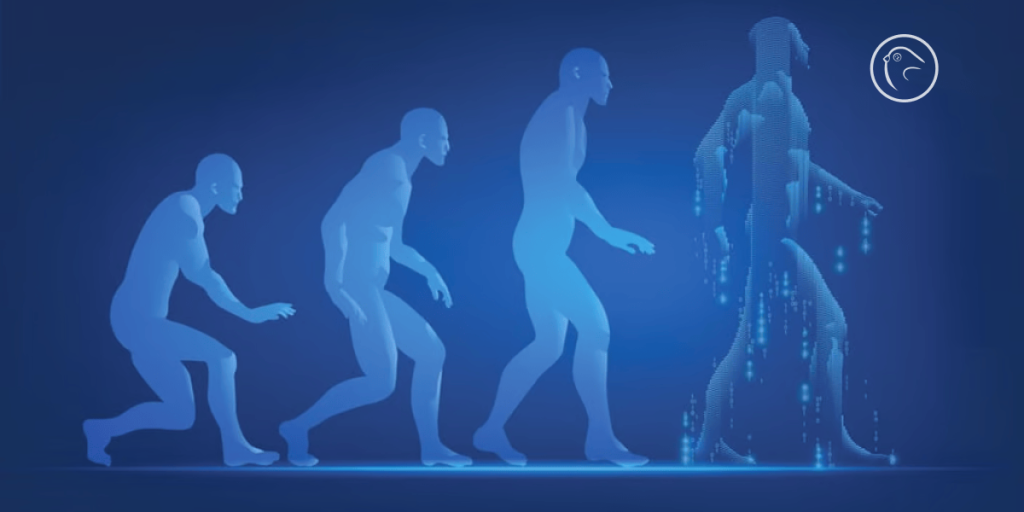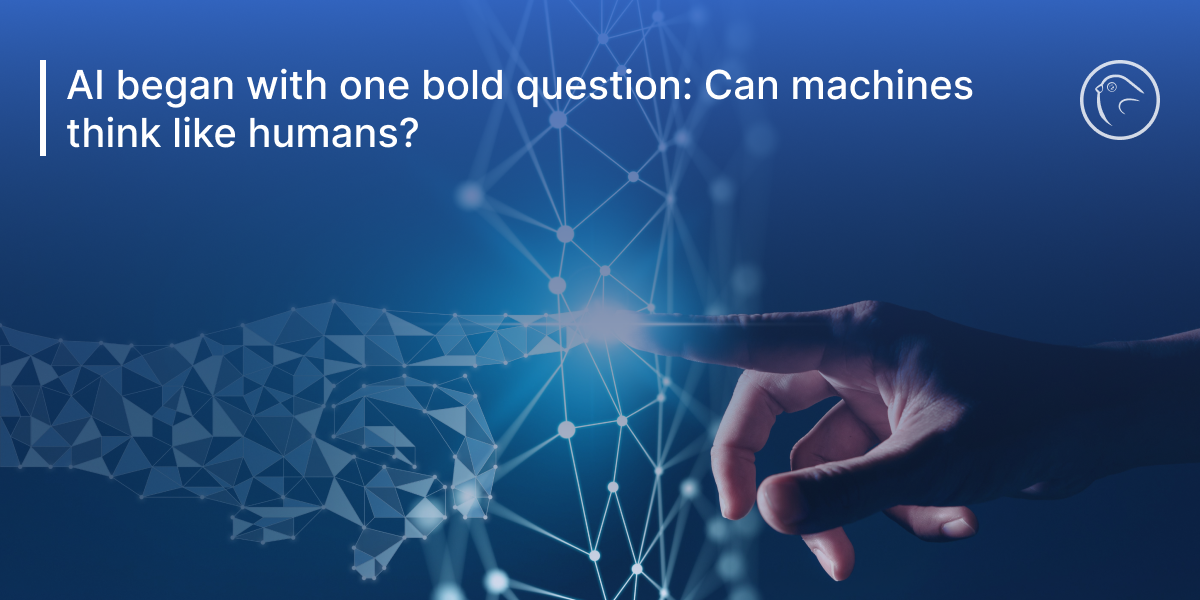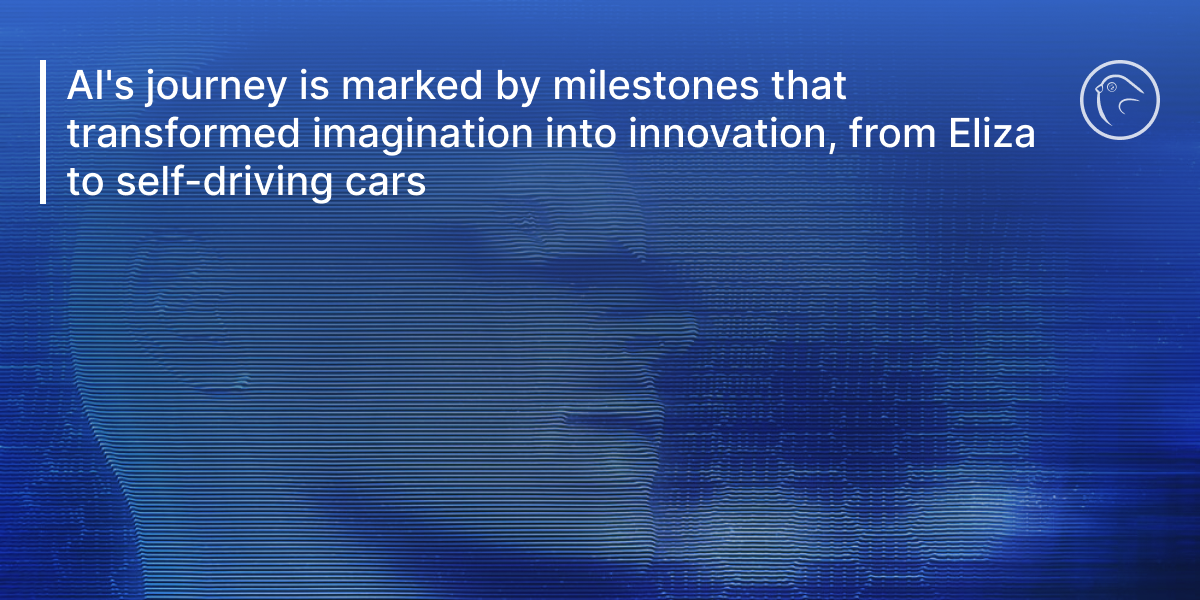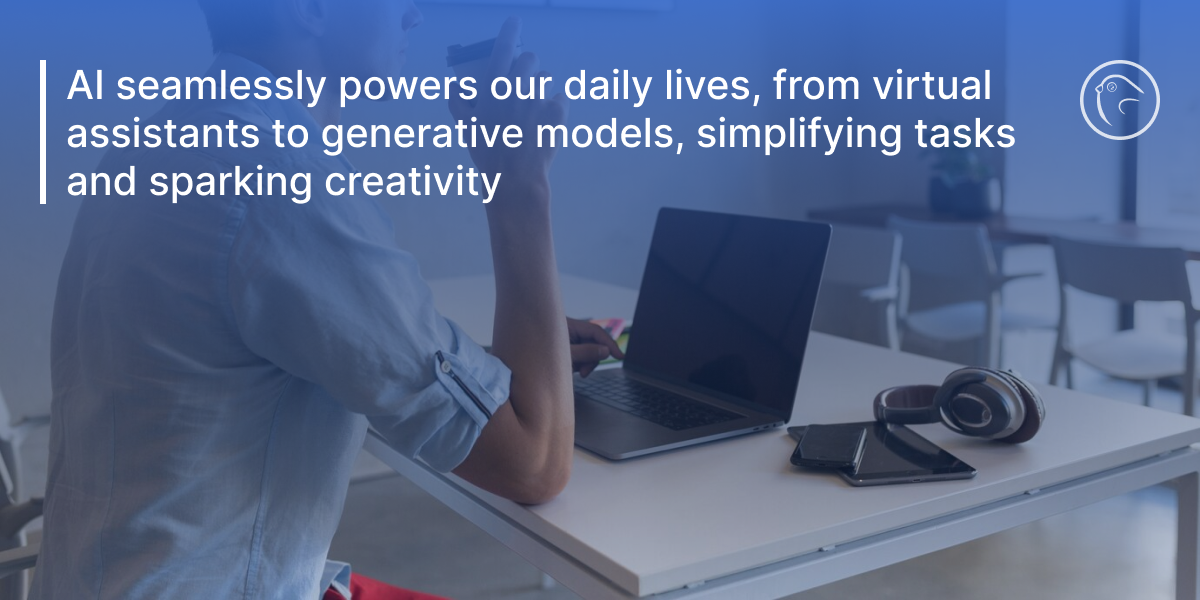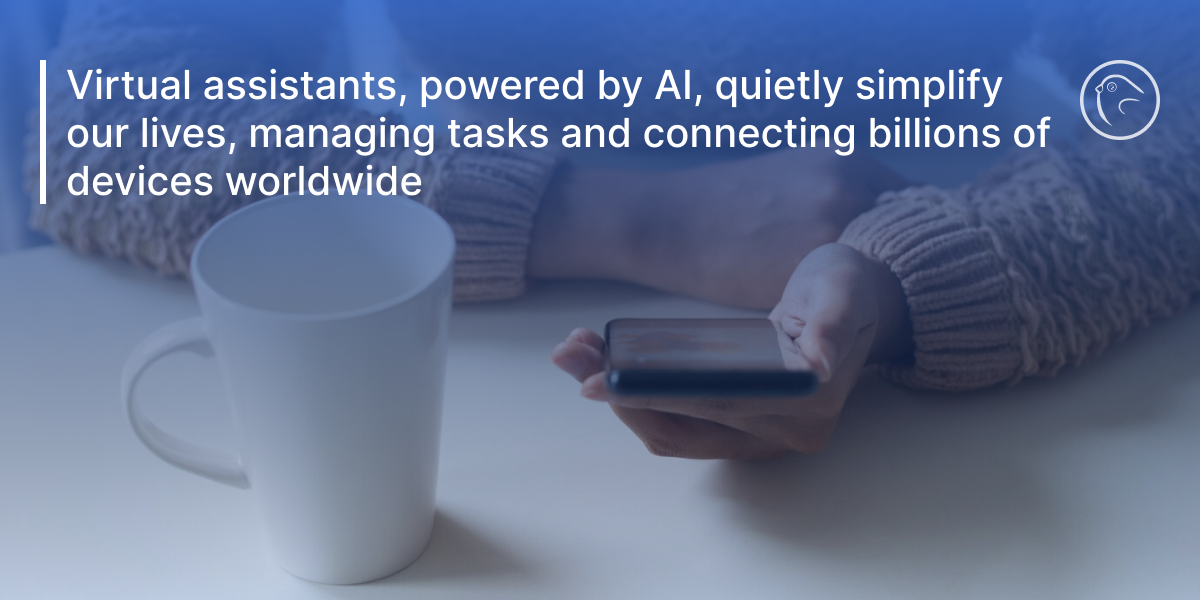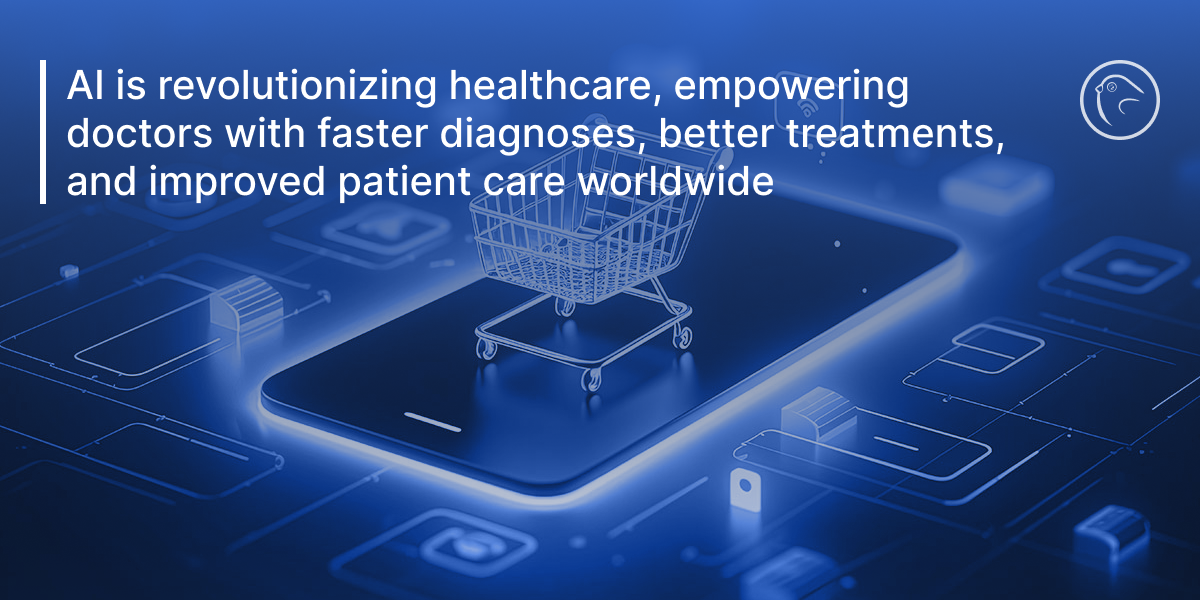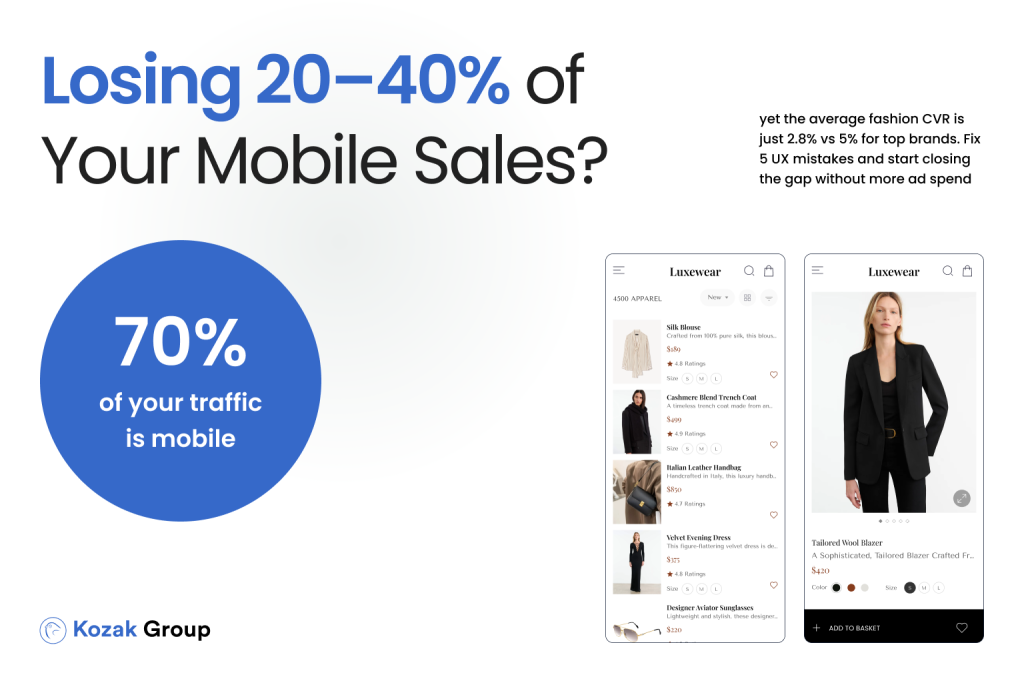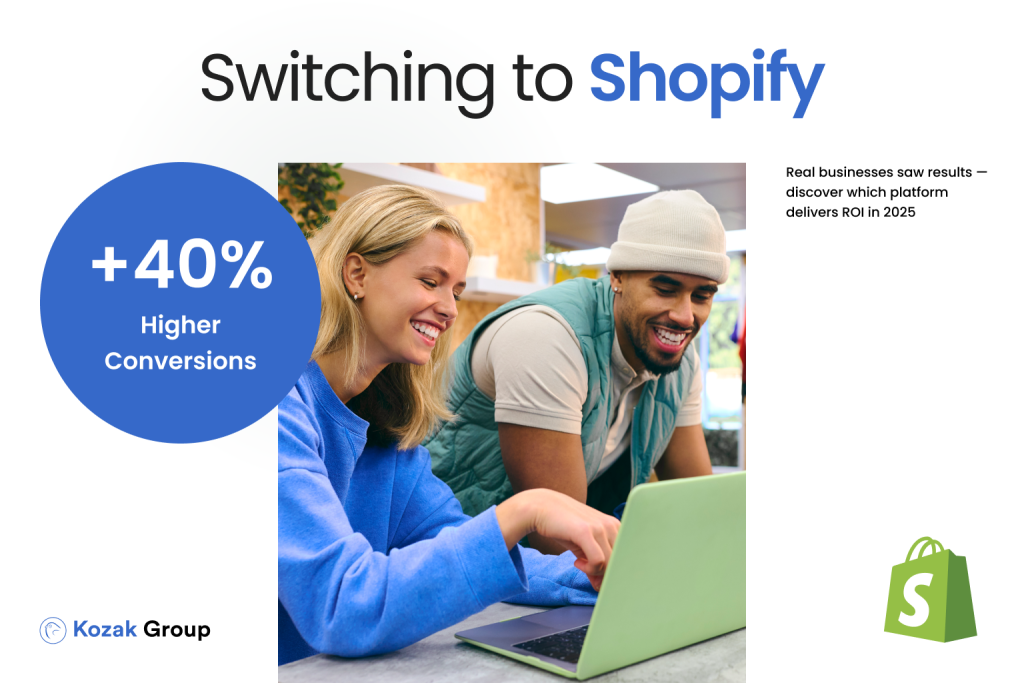Artificial intelligence (AI) is one of the most discussed and influential technologies of our time. It can analyze vast amounts of data, trace patterns, and make decisions faster than humans. AI is everywhere today – you can find it in the majority of applications, virtual assistants and self-driving cars. It offers personalized recommendations, writes code and even completes creative tasks.
AI seems to be a modern thing, but its roots go far deeper. The term “artificial intelligence” appeared only in the mid-20th century, but the idea of creating something similar fascinated humanity for centuries. Early 20th-century science fiction presented AI-powered robots. Only a few decades later, scientists made revolutionary advancements in machine learning and computational theory. It was the birth of modern artificial intelligence. Today, AI is no longer fiction. It is the technology we rely on every day. Curious about how AI has evolved and its future impact on industries? Keep reading to discover it all!
How Did It All Start – AI History
The idea of artificial intelligence started with a big question: can machines think like humans? The efforts to answer this took some time, and the result is what we now call AI.
- AI pioneers. Alan Turing, often called the father of AI, played a key role in AI development. In 1950, he created the Turing Test, a clever way to check if a machine could imitate human intelligence in a way that a person couldn’t tell the difference. It became a defining concept in AI.
- The birth of AI. The term “artificial intelligence” appeared a few years later, in 1956, at the Dartmouth Conference. It was a short workshop for ambitious scientists who wanted to create machines that could think like people and solve problems.
- Early attempts. Early AI systems followed strict rules and instructions to solve specific problems. They could do impressive things; however, they had a big weakness – they couldn’t adapt to unexpected situations or handle anything outside their programmed knowledge.
AI Winter Periods
AI did not become successful overnight. It was a path full of difficulties. AI developers faced significant setbacks. These periods are known as AI Winters. Why did it happen? Early expectations were too high. Researchers promised quick results, but the progress was much slower than hoped. It seriously affected funding and overall interest. Governments and companies began to doubt AI’s potential.
- First AI Winter (1974-1980). Researchers promised more than AI could deliver in a short time. Even today, we don’t fully understand how human intelligence works, so creating it in AI is a big challenge. Another problem was the lack of powerful computers back then. The technology couldn’t keep up with what AI needed, and it slowed progress even further.
- Second AI Winter (1987-1993). The second wave of downturn happened because of the collapse of the LISP machine market, specialized computers designed for AI research. They seemed promising at first but faced serious technical and practical problems. This led to disappointment, and both funding and interest in AI again dropped. Luckily, these periods of uncertainty were not too long.
Key Milestones in AI Development
Step by step, AI developers succeeded. Here are major achievements in AI’s journey from the 1960s until today:
-
1966 – Eliza – the first chatbot
Joseph Weizenbaum introduced Eliza, the ancestor of modern chatbots. Eliza could mimic human conversation. This chatbot acted like a therapist, mainly by turning what people said into questions. It used simple patterns to choose its replies. It was revolutionary for that time, but still had clear limits. Eliza could only talk about certain topics, could not support long conversations, and didn’t really understand what people meant. However, it became a foundation for the conversational AI systems we use today.
-
1970-1980 – The rise of Expert Systems
During this period, systems like MYCIN and DENDRAL were created. They demonstrated AI’s ability to solve complex problems in specific domains. MYCIN helped doctors diagnose bacterial infections, and DENDRAL helped chemists identify molecular structures. These systems followed rules and logic to mimick human expertise. Even if they relied heavily on predefined knowledge, these systems proved that AI could outperform humans in niche areas.
-
1991 – The birth of the Internet
Actually, it was not an AI milestone directly; however, it was critical for AI’s growth. In 1991, CERN researcher Tim Berners-Lee launched the first website and introduced how the internet’s HTTP system works. The Internet connected researchers worldwide and greatly simplified collaboration. More importantly, it provided AI with access to vast amounts of data – a key ingredient for training models. The internet also helped AI developers share algorithms and tools and accelerated the development of machine learning and natural language processing.
-
1997 – IBM Deep Blue defeats a world chess champion
IBM’s team, led by Feng-hsiung Hsu designed Deep Blue, a supercomputer that defeated Garry Kasparov, the reigning chess world champion. This was the first time an AI system outplayed a human in such a complex strategic game. Deep Blue’s win demonstrated that machines could analyze vast possibilities and develop strategies much faster than humans. It showed AI’s huge potential to tackle intellectual challenges. The event was greeted globally and inspired further research in AI.
-
2000 – AI implemented in Google search
Google integrated AI into its search and forever transformed the way people access information. AI-powered algorithms ranked search results, understood user queries and filtered spam more effectively. For the first time, AI was offered for use in daily life – billions of users could find information quickly and accurately. This marked the beginning of AI’s practical applications on a massive scale.
-
2011 – Siri: AI in everyday life
Apple’s Siri introduced AI-powered virtual assistance to millions of people. Siri could understand and respond to natural language voice commands, set reminders, answer questions, and even joke! It made AI feel personal and practical and showed how technology could simplify everyday tasks. Siri’s launch was a serious milestone. It popularized AI and brought it into homes and pockets all around the world.
-
2012 – ImageNet and the deep learning boom
It was a really historic breakthrough when researchers proved machines could recognize and describe images. Geoffrey Hinton, Alex Krizhevsky, and Ilya Sutskever created AlexNet, a deep convolutional neural network. AlexNet drastically reduced error rates in the ImageNet competition and proved the power of deep learning. This inspired scientists to further work on computer vision, speech recognition, and even robotics. Deep learning has become the backbone of modern AI.
-
2016 – AlphaGo’s Victory in Go
AlphaGo was a computer program which could play the board game Go. It became the first program to win a human in this game. AlphaGo could predict moves and evaluate positions. Moreover, it improves its performance over time. In March 2016, it defeated world champion Lee Sedol in a five-game match. This victory demonstrated the potential of deep learning and reinforcement learning. AlphaGo Zero was a later version of the program. It was trained without any human data and showed the power of self-learning AI.
-
2018 – Waymo launches a self-driving car
Waymo, a subsidiary of Alphabet, introduced the world’s first commercial self-driving car service in Phoenix, Arizona. These cars use AI systems to navigate roads, make decisions, and avoid accidents. It demonstrated AI’s unbelievable potential in transportation. It was a clear sign that AI was no longer confined to labs-it was firmly entering the real world.
-
2020 – 2022 OpenAI debut and its chats
OpenAI impressed the world with its groundbreaking models like ChatGPT. It generates human-like text, assists with creative tasks, and answers complex questions with striking accuracy. The introduction of DALL·E further expanded the possibilities – AI now creates images from text prompts. Millions of users could see AI’s ability to transform creativity, communication, and productivity in ways that were once thought impossible.
AI Use in Our Daily Lives
AI stepped beyond laboratories. It has already firmly entered our routine life. Let’s explore how and where we use it even without noticing it.
Virtual Assistants Make Life Easier
Siri, Alexa, and Google Assistant are popular virtual assistants everyone knows today. They are all powered by AI and use Natural Language Processing (NLP) to understand and respond to voice commands. They can perform a lot of everyday tasks – manage our schedules and set reminders to control various things. In 2023, over 2 billion devices had virtual assistants installed. We do not even think about how often we use these smart programs in our daily lives.
Many other companies and platforms have developed their own virtual assistants. Some examples include:
- Microsoft Cortana (although it’s now mainly used for business productivity tools)
- Samsung Bixby (integrated into Samsung devices)
- IBM Watson Assistant (designed for business applications)
- Baidu DuerOS (popular in China)
- Alibaba AliMe (an AI assistant for e-commerce)
Generative AI and the Role of GPT
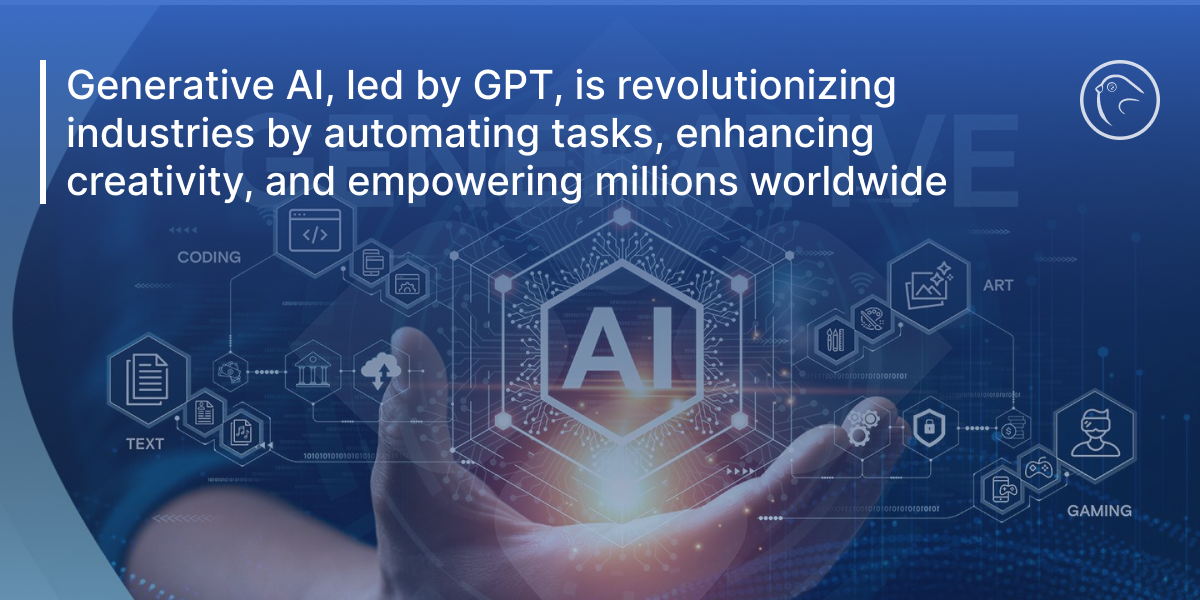
Several companies besides OpenAI are offering generative AI tools:
- Bard (Google DeepMind). It’s Google’s AI that works with their search engine. It helps users answer questions, generate text, and improve workflows by understanding natural language.
- Claude (Anthropic). It is known for its human-like conversations. It’s popular with businesses for customer service, content creation, and other language-related tasks.
- Copilot (GitHub). It used AI to suggest code snippets, entire functions, and even comments in real time. It’s integrated with popular code editors like Visual Studio Code and helps developers write code faster.
AI Opens a New Era in Healthcare
AI provides tools that help doctors make better decisions and accelerate medical research. One example is IBM Watson Health, which analyzes medical data to identify possible diagnoses, suggest treatment options, and even predict patient outcomes. This AI-driven technology fantastically improves patient care. The AI healthcare market is projected to reach $45 billion by 2026. Here are some popular AI solutions for healthcare:
- IBM Watson Health. It is used by doctors, hospitals, medical researchers, and pharmaceutical companies. The app helps with diagnosis and treatment recommendations and speeds up all medical processes.
- Google Health. This app applies AI to areas like medical imaging, disease detection, and managing healthcare data. Their AI tools help detect early signs of diseases like breast cancer and diabetic eye disease.
- Zebra Medical Vision. This solution uses AI to analyze medical images like X-rays and MRIs. Its AI can detect various health conditions, including cancer, heart disease, and neurological issues.
AI Is Reshaping E-commerce
AI is fully transforming the e-commerce industry. It makes online shopping smarter and more personalized. AI helps businesses recommend products based on what customers are likely to buy, adjusts pricing in real time, and provides instant customer support through chatbots. AI also manages stock levels, predicts which products will be in demand, and automates all operations.
For a deeper dive into upcoming AI-driven innovations in e-commerce, read our article:
AI-Driven E-commerce Development: What to Expect in 2025 and Beyond
By 2030, AI’s value in e-commerce will reach $17.1 billion! Top AI solutions in E-commerce:
- Salesforce Einstein. It uses AI to personalize shopping experiences, predict customer behavior, and improve marketing efforts. It helps businesses recommend the right products and optimize pricing.
- Adobe Sensei. It automates content creation and personalized ads. It improves the customer journey by recommending products tailored to individual preferences.
- Shopify AI. It uses AI to help online stores personalize experiences, suggest relevant products, and provide 24/7 customer support through automated chatbots. It also helps store owners understand customer behavior to improve their sales strategies.
Wrapping Up
AI has made incredible progress, but challenges remain. Privacy, security, and the risk of misuse are major concerns that need attention and proper rules. It’s also important to make AI more transparent and fair to avoid bias. At the same time, AI offers huge opportunities.
As AI continues to evolve, staying informed about industry trends is crucial. Explore our insights on Top IT Staff Augmentation Trends to Watch in 2025 to ensure your business remains ahead of the curve.
It becomes more advanced and helps us achieve more in absolutely every industry. Humans have the power to redefine the way we live and work with the help of AI and make it our faithful assistant.

